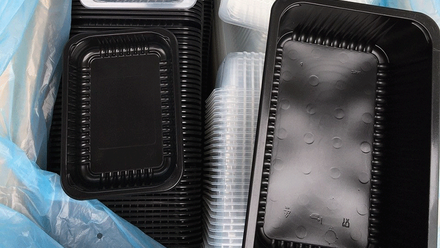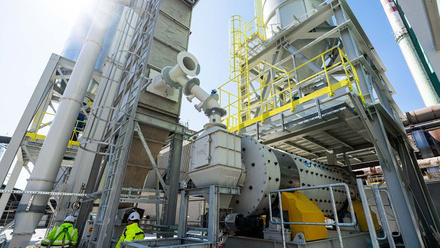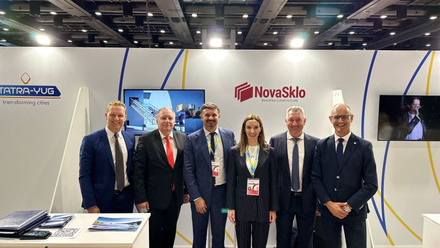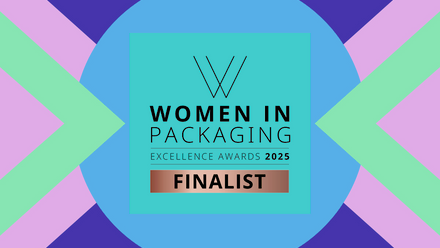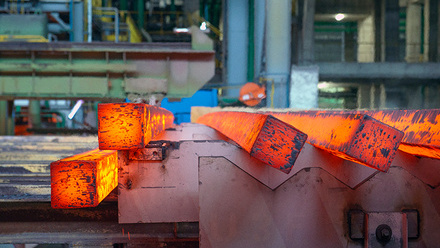The potential of recycled food-grade PP
Plastic-recycler Nextek and Brunel University, UK, report the background contamination rate for their recycled, food-grade polypropylene (rPP) is 'an order of magnitude lower than high density polyethylene (HDPE)'.
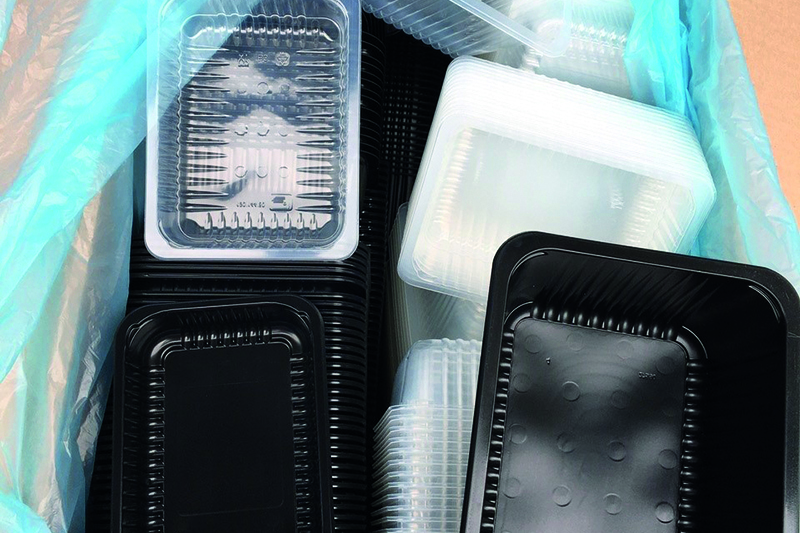
Fluorescent markers separate the food packaging out, before volatile and semi-volatile compounds are removed from the PP so it can be safely reused with food. The rPP can be blended with virgin PP or used on its own.
The researchers have tested the plastic with higher-levels of contaminants than is typical in a post-consumer stream, as per the European Food Safety Authority (EFSA) and the US Food and Drug Administration requirements.
The decontamination rate shows how migratable materials can be removed so the material can be safely reused with food. The EFSA reference contamination rate for PET and HDPE is 3mg/kg and 0.5mg/kg, respectively. The limit of contaminant exposure per person per day is 0.15µg from all sources. To estimate exposure, the decontamination rate is applied to the reference contamination level to determine the residual contamination rate. Modelling or tests are then used to predict the contamination level.
The first step to removing contaminants in the PP in this process is a high-temperature extrusion stage – at 210-260°C under high vacuum for a period of minutes to avoid adverse degradation of the PP by weight. The material is 100% post-consumer recycled in its molten form, so no virgin materials are needed. Secondly, the material goes into the vacuum as a solid for longer (hours), ideally at 140°C, to allow residual semi-volatiles to diffuse out as gas. Nextek Managing Director, Professor Edward Kosior FIMMM, notes that the longer the vacuum time below the melt temperature, the higher the semi-volatile removal, with minimal thermal degradation of the PP.
He reports 100% decontamination of the volatiles and more than 95% decontamination efficiency for higher molecular-weight compounds.
Kosior adds, 'Based on the decontamination efficiency, the process can [also] produce a very high quality, low semi-volatile product for non-food applications, such as cosmetics and automotive applications that might otherwise use virgin PP.'


